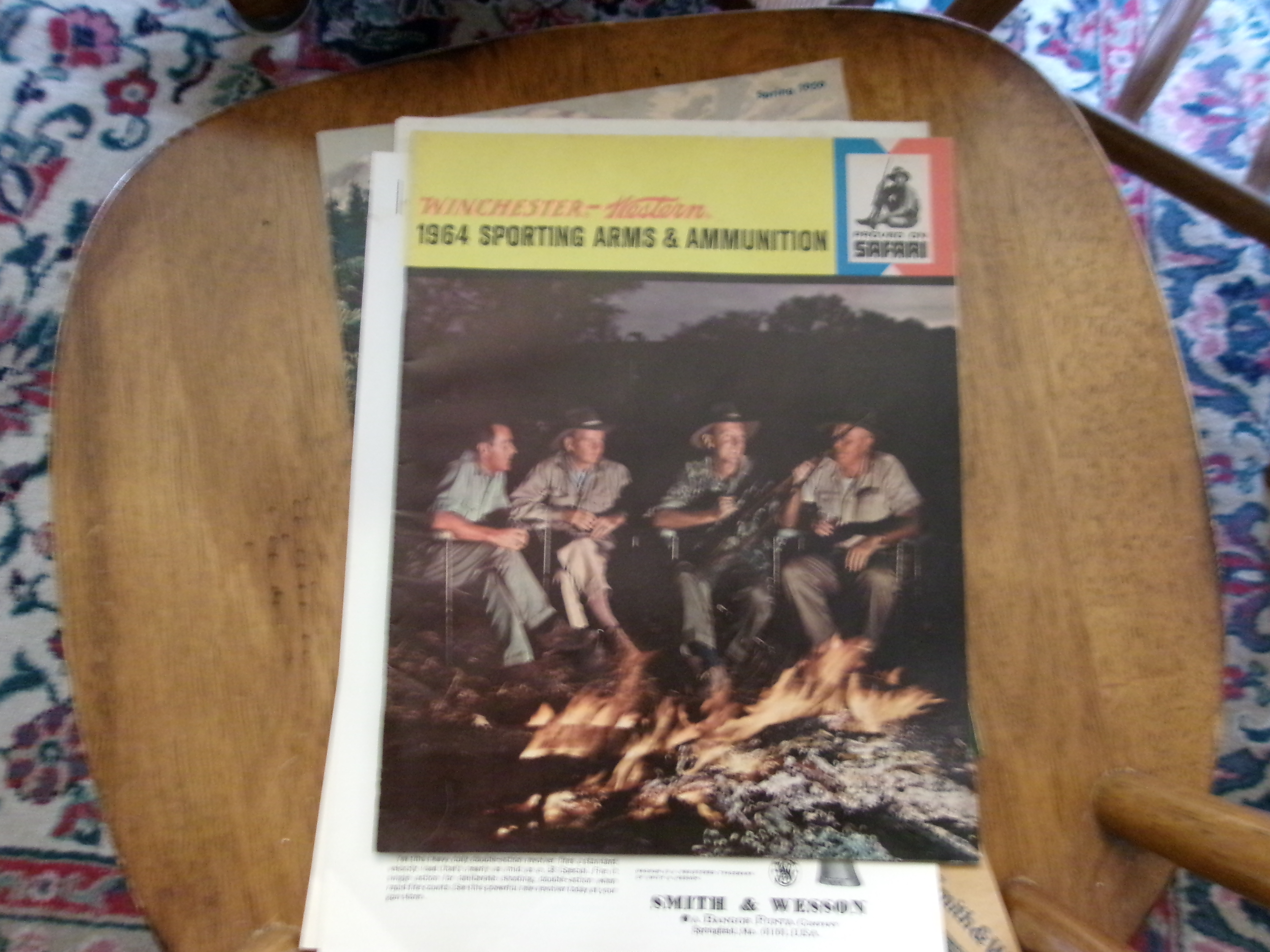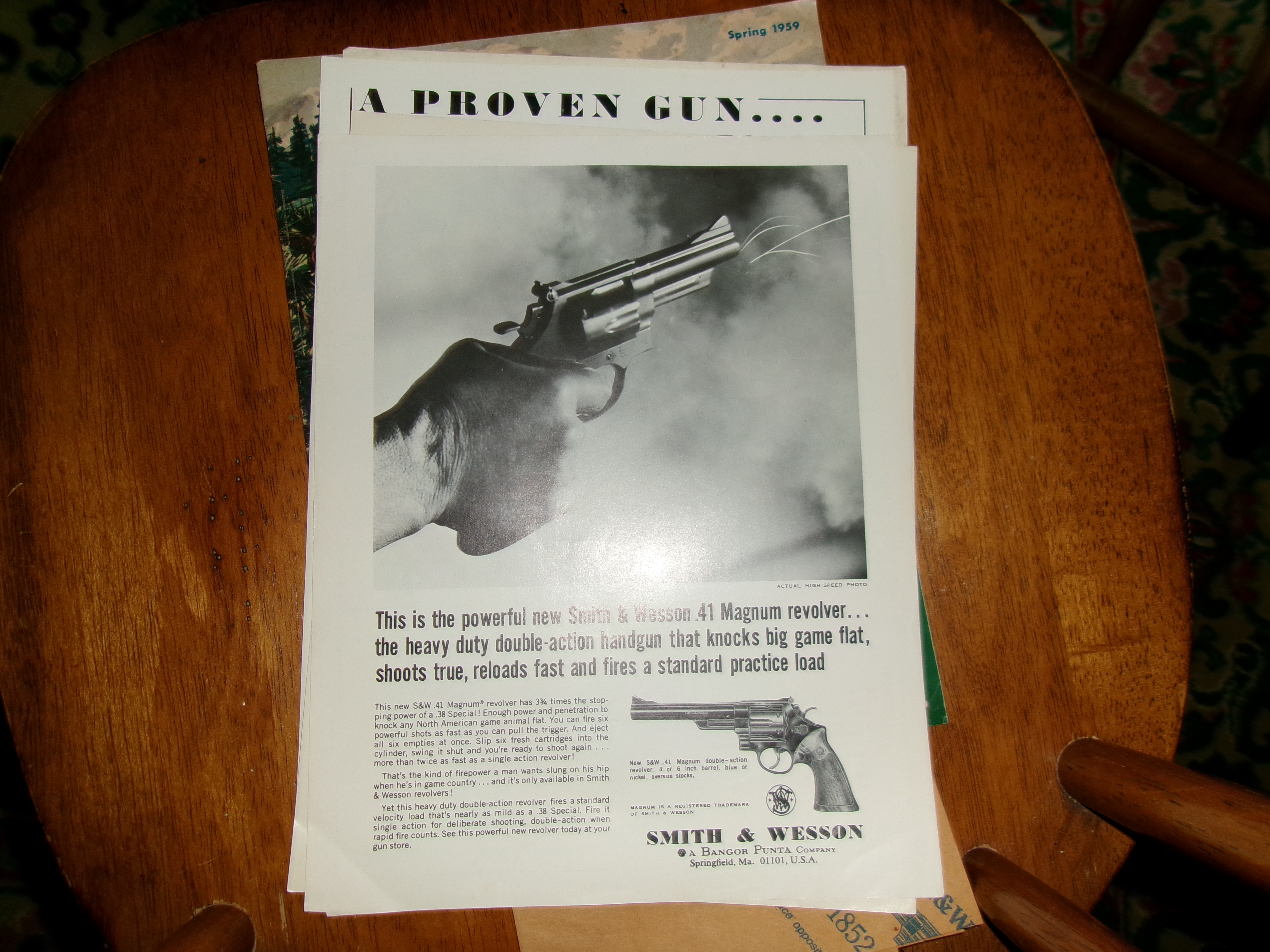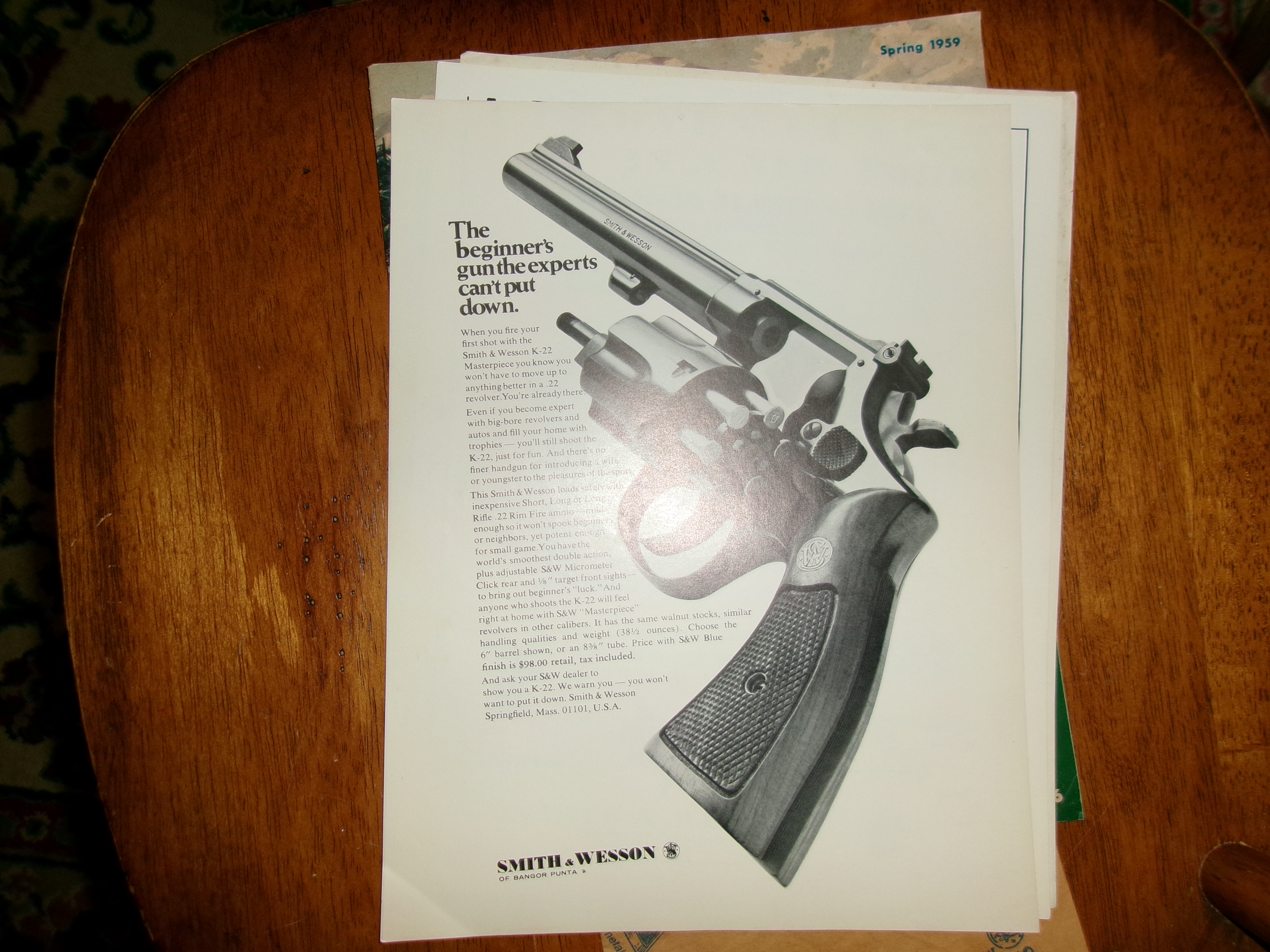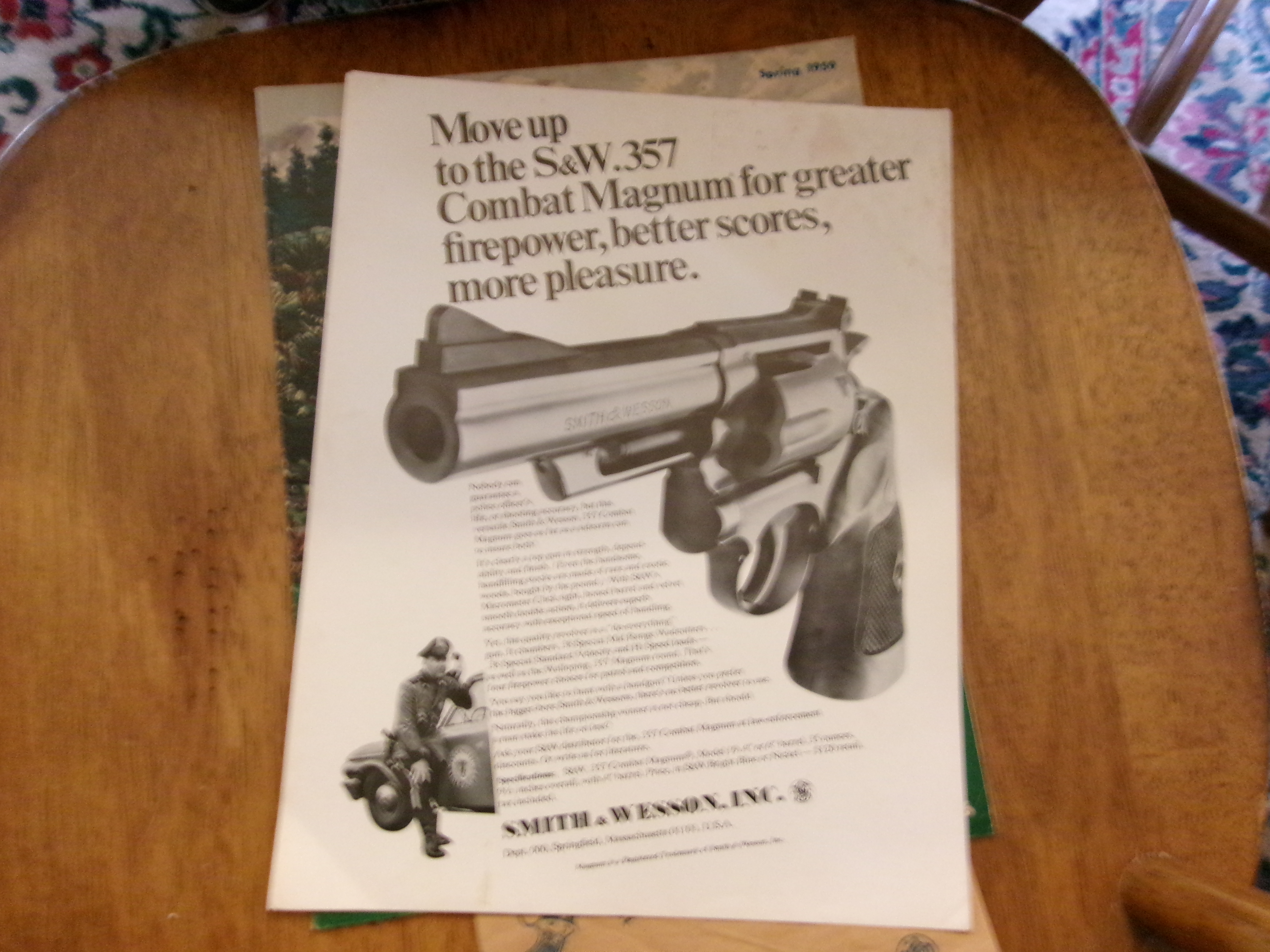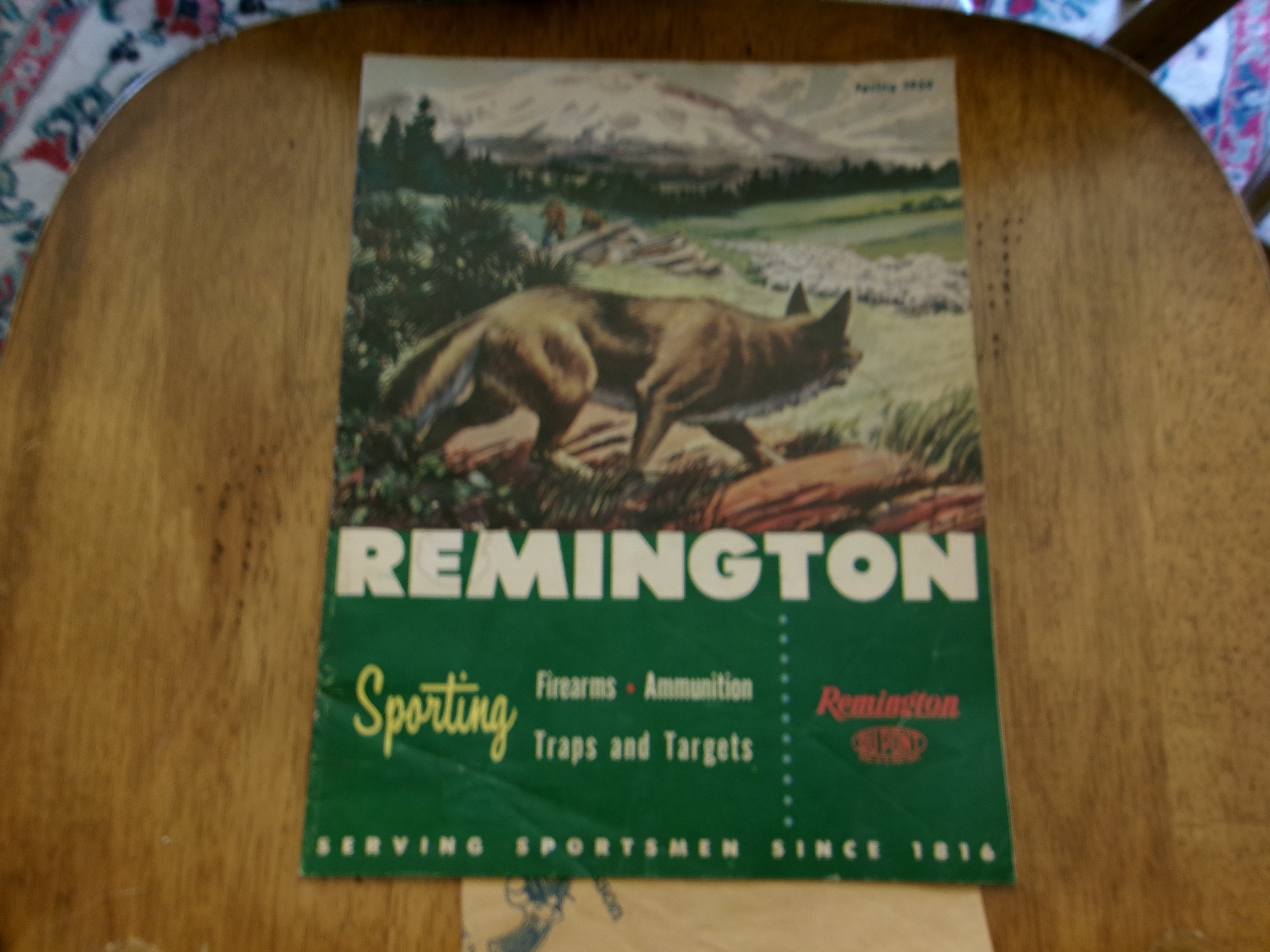The first harddrive I serviced was a ‘Zebra Drive’. The size of a washing machine and held a whopping 90MB of data. Each catscan had two drives. One for the operating system, the other for patient data. It was common to fill the data drive. The tech had to swap platters, a stack of disks mounted to a handle, then keep scanning.
The drive had series/assembly of read/write heads. The r/w head assy would lock out of the way so the platters could be changed.
On mobile ct’s the tech was supposed to lock the heads on each drive before moving the trailer to a new location. They’d forget, then go bouncing down the road behind a semi-truck. Invariably, they’d lock the data drive but forget the operating system drive. So not only did I have to replace all the r/w heads (ceramic tips)… I had to reload software and calibrate the system… a 12hr job. Luv that overtime!!!! Not!!!

Bit of movie trivia…. The 80’s movie ‘War Games’. An early scene where the stars (teens) go see the tech guys to ask about hacking. They walk into a room, along the wall are a row of Zebra hard drives. I guess I noticed because I worked on the darn things!!!

The first two are zebra drives, there were other brands.
View attachment 120672View attachment 120673View attachment 120674View attachment 120675
Someone being funny... i don't recognize the manufacturer, think it's the 180MB model, has an extra set of r/w heads.
View attachment 120676

























































